
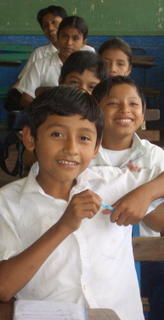
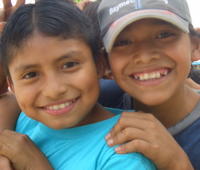
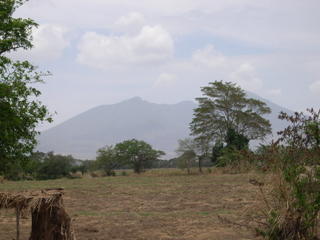
A small village set on the rolling slopes of volcano Masaya is the home of a community of potters who create delicate hand--polished ceramic pots, vases, plates and platters. In San Juan de Oriente, nearly 85% of the families are involved in clayworking. When my daughter, Lily, and I went on an exploration trip, we wandered through the streets, peeking through open doors to watch family members of all ages engaged in various stages of clay preparation, vessel shaping, design creation and painting, and polishing. We were greeted enthusiastically, without all the hype of some commercial areas catering to tourists, and it was a pleasure to sit and chat with the artists and their families, practicing our rudimentary Spanish!
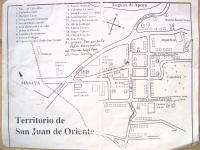
The village itself consists of about ten square blocks, leaning down a long hill, and anchored by a white-washed, restored, 16th century church and elementary school. Lily and I were lucky enough to be out and about when school let out -- and had a great time laughing and teasing the little ones with our nearly non-existent Spanish! Kids are the greatest -- no matter where they live!

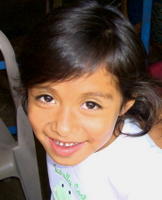
San Juan de Oriente is one of a group small villages called "Pueblos Namotivas" or "brotherly neighbors", representing open hospitality and reflecting the friendliness of the local population. This area also includes the towns of Diriomo, Diria, Niquinohomo, Nandasmo and Catarina. There are various stories regarding how and when pottery making became such an intense activity for the locals. Some suggest that clay working became a specialty of the area only 20 years ago, as Nicaragua began to open up to more tourists.
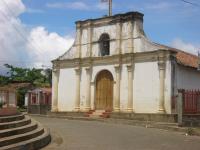
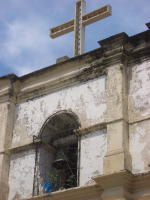
Other sources interpret the archeological record to suggest that the spirit of the nearby Masaya volcano was offered food and other delicacies on elaborate clay patters made in San Juan de Oriente as early as 2000 years ago. A distinct style and tradition developed, in particular a design style called "inciso", or incising into partially dried clay forms. Around 1350 trade with the Mayan culture brought new designs and styles, including ceramic motifs depicting Quetzalcoatl, the feathered serpent god. There is also a long tradition of pottery manufacture for export and trade with other Indian tribes; Nicaraguan ceramics have been found at burial sites throughout Honduras and Costa Rica.
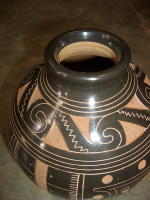
When the Spanish arrived in the 16th century, the clay working community became known as San Juan de los Platos. Historic tax records indicate that the village paid tribute to the Spanish King with pottery. When Nicaragua declared its independence from Spain in 1821, the name was officially changed to San Juan de Oriente. In 1895, the entire "Pueblos Namotivas" area was annexed to the Masaya department or province.
Most pottery created in San Juan de Oriente today is done on a kick-wheel. The pieces are dried in black and brown plastic trash bags, then painted and incised before being fired in the low-fire beehive style adobe wood-burning kilns. Some of the potters we talked to told us their inspiration comes from home and garden magazines, some straight from their creative minds, some from the traditional Pre-Colombian designs. The skills and traditions are still passed on from mother to daughter and from father to son, as they have been for centuries, supplemented by the ingenuity of the artists and the influence of modern American and European culture!
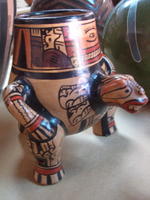

Although the village is still primarily inhabited by the indigenous descendants of the original Nahuatl (pronounced nah-whal) Indian tribes who settled the Pacific region of Nicaragua and Costa Rica some 5000 years ago, a stroll along the streets brings you face to face with teen-agers and young adults wearing jeans and halter tops with the style sense of American or European kids. At the workshop of one industrious potter, his 12 year old daughter interrupted our discussions because she REALLY wanted to get on the computer to play solitaire!
San Juan de Oriente is similar to Mata Ortiz in the way that the potters welcome visitors into their humble workshops. The pottery of these artists is quickly gaining world renown, and visiting the town and getting to know the talented potters is a tremendously rewarding experience for anyone who loves beautiful ceramics, as well as for visitors interested in cultural interaction.
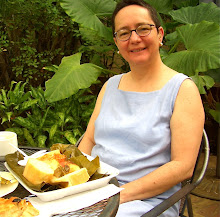
No comments:
Post a Comment